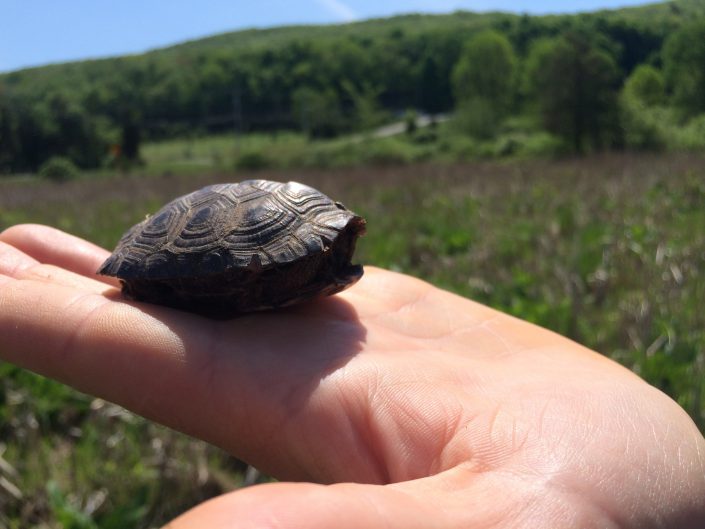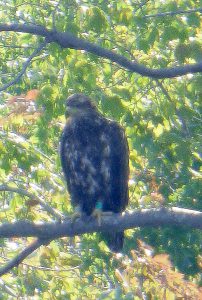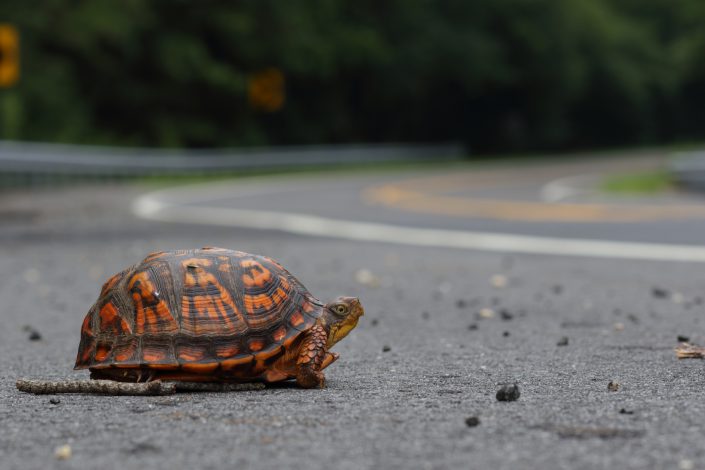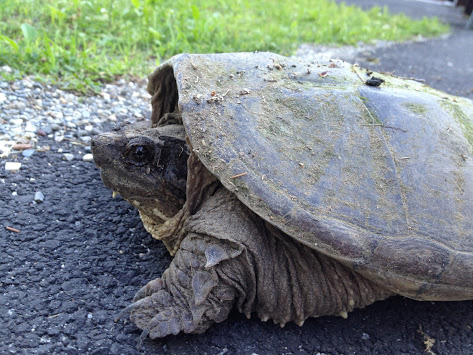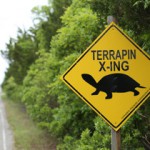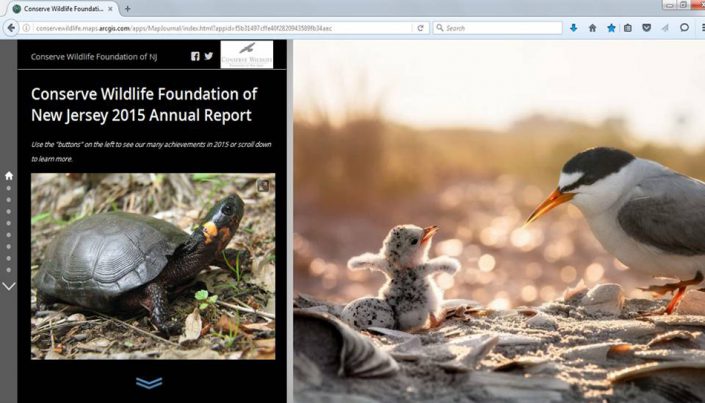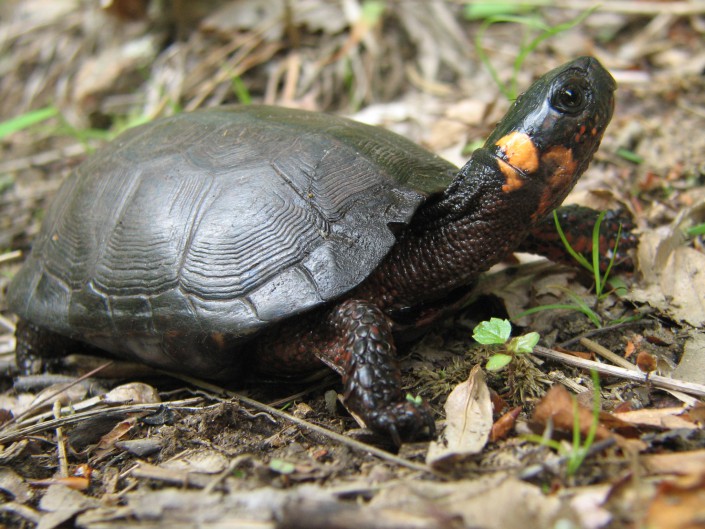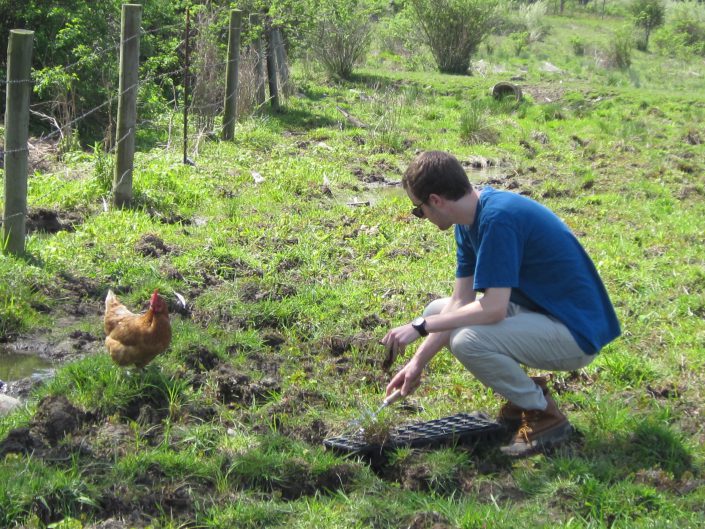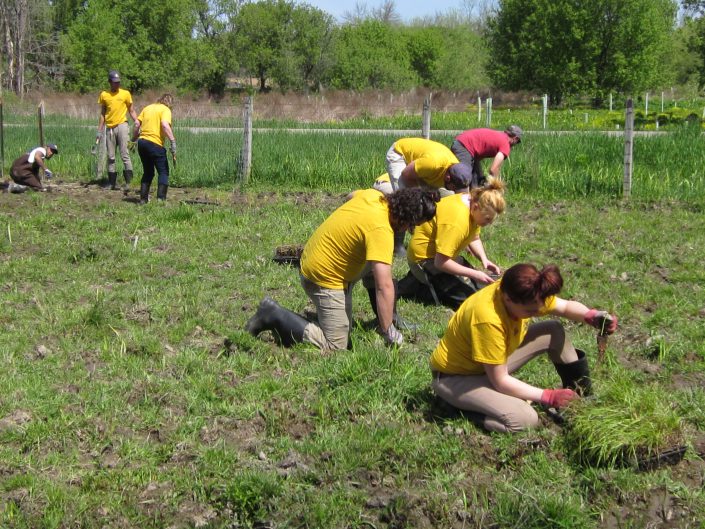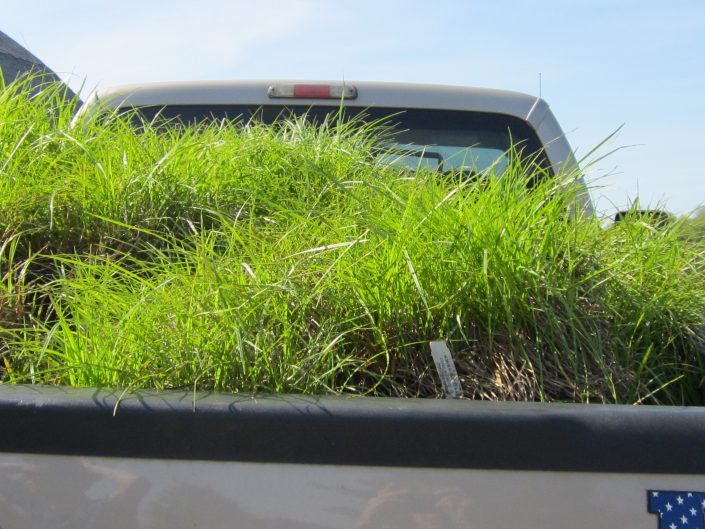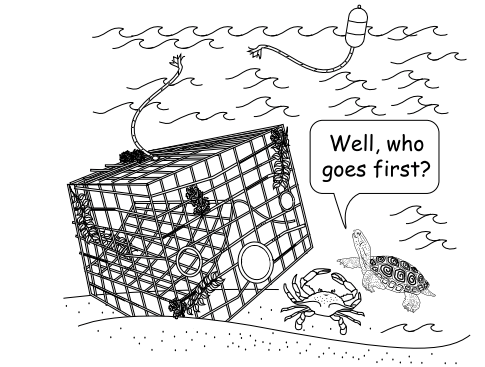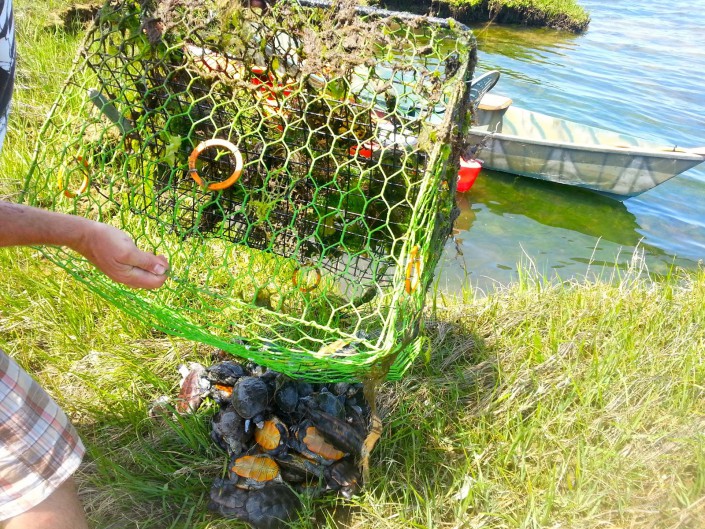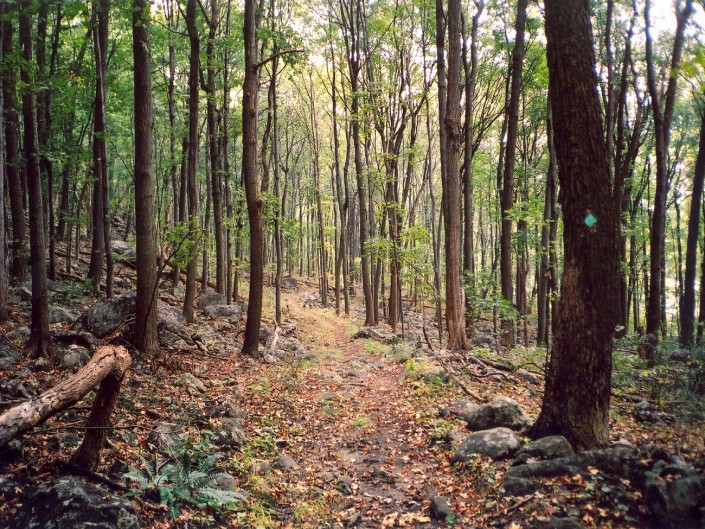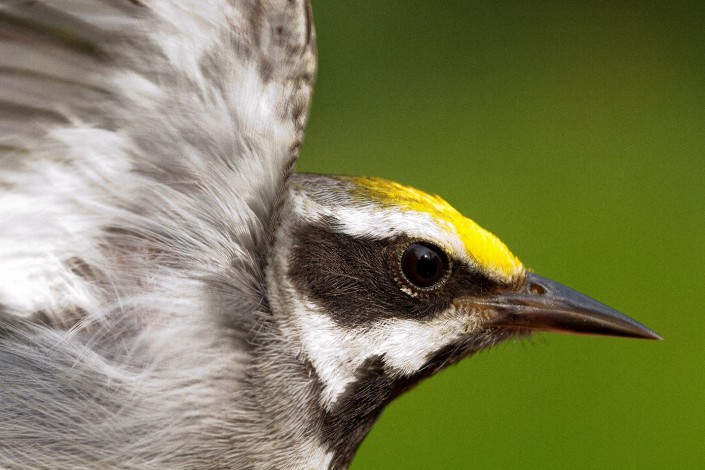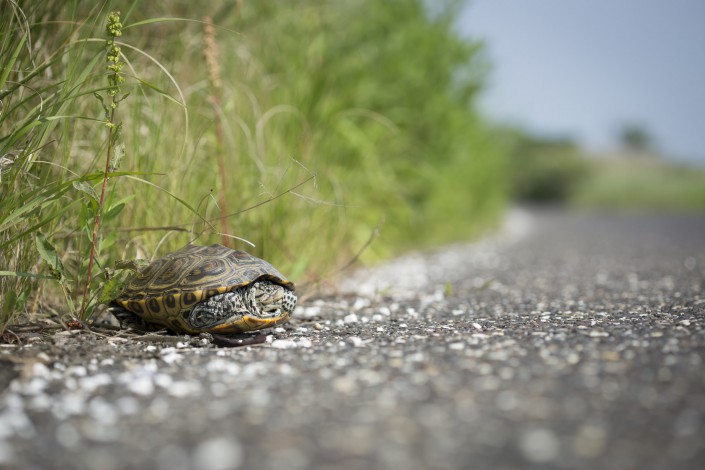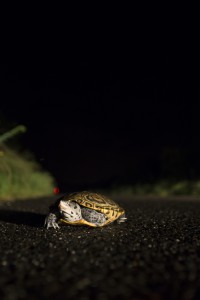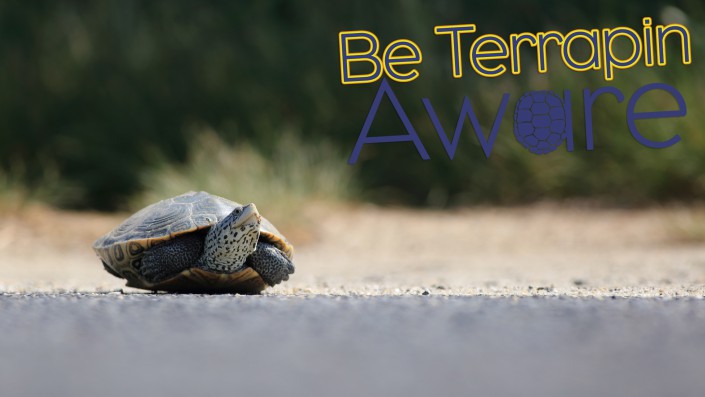Absolutely Fish Supports CWF Terrapin Program
DONATION SUPPORTS CONSERVATION OF NJ’S ONLY COASTAL MARSH TURTLE
by Corrine Henn, Communication Coordinator
Great Bay Boulevard in Little Egg Harbor is a favorite haunt for local fisherman, birders and tourists alike. While many locals and visitors celebrate the summer, Conserve Wildlife Foundation of NJ’s Ben Wurst and his team of dedicated volunteers know that summer can mean something else entirely.
An increase in traffic on Great Bay Boulevard during the summer months threatens the survival of one particular species, the northern diamondback terrapin. Hundreds of female terrapins cross roads adjacent to their native habitat, our coastal estuaries, in search of suitable nest sites each year. Unfortunately, Great Bay Boulevard lacks a formal speed limit and mortality rates as a result of vehicle collisions are just one of the dangers the terrapin face.
“From what I’ve seen and experienced from the beginning of this project is that many more people are more aware of terrapins on the road,” said Habitat Program Manager, Ben Wurst. “It is critical to have the support of the local community as they are the ones who frequent the area the most and can really play a huge role in their long term conservation.”
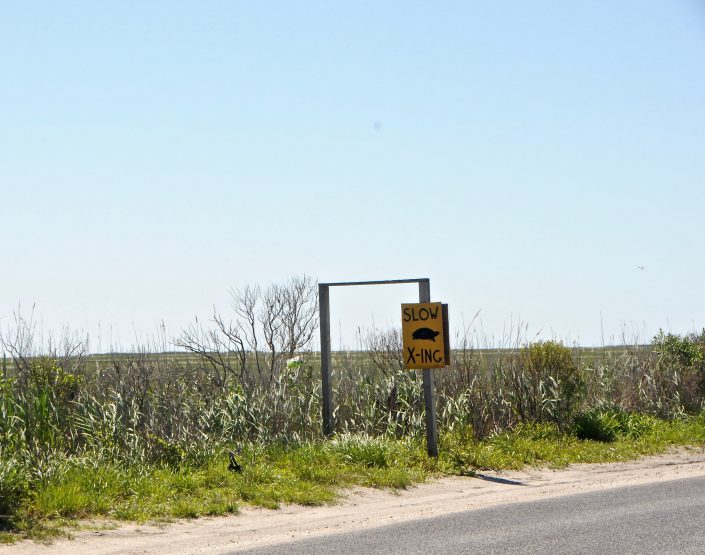
The Great Bay Terrapin Project has done tremendous work to reduce road kill rates. More recently CWF has been collecting data to monitor the local population by taking measurements and notching individual terrapins as part of a mark-recapture effort. Our volunteers conduct road patrols to collect data on terrapins that are encountered on road and also help ensure that they cross safely. Along the most dangerous part of the road, a barrier fence helps to deter terrapins from entering the roadway. Both the fence and several “Terrapin X-ing” signs, have also aided efforts to curb mortality rates each summer.
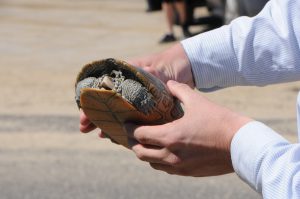
Ensuring the future survival of the terrapin is, of course, a collaborative effort. We were especially thankful when Glenn Laborda, Dibyarka Chatterjee and Kristen Schmicker of Absolutely Fish presented Conserve Wildlife Foundation of New Jersey with a $5,000 check from the proceeds they raised throughout the Earth Day weekend in April.
Absolutely Fish has raised donations for CWF in recent years using a live educational terrapin on loan to the store from the Marine Academy of Technology and Environmental Sciences in Manahawkin, NJ.
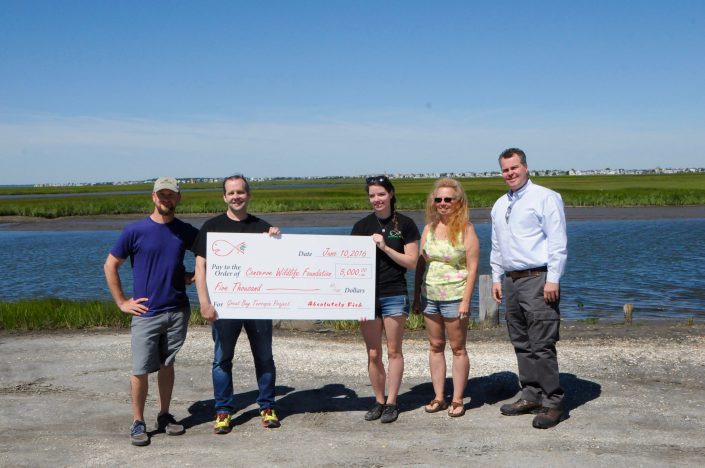
According to Jennifer Ruivo of Absolutely Fish, “People come into the store specifically to see her and are generally much more willing to help, donate, or take information when we have a terrapin in store.” The turtle’s presence in the store garners support by bridging the gap needed for many to see that these animals, our neighbors, are in need of our support.
Following the donation from Absolutely Fish, Absolutely Fish representatives – along with Wurst and CWF Executive Director David Wheeler – conducted a survey of Great Bay Boulevard with CWF intern Carly Sibilia who demonstrated the data collection and notching technique of terrapins.
Stay tuned for post-summer update on CWF’s terrapin projects. And in the meantime, be mindful of your surroundings and be terrapin aware!
LEARN MORE
- Great Bay Terrapin Project
- Conserve Wildlife Foundation Field Guide: Northern Diamondback Terrapin
- Article in The SandPaper – June 18, 2016
- Report a Sighting of a Terrapin
